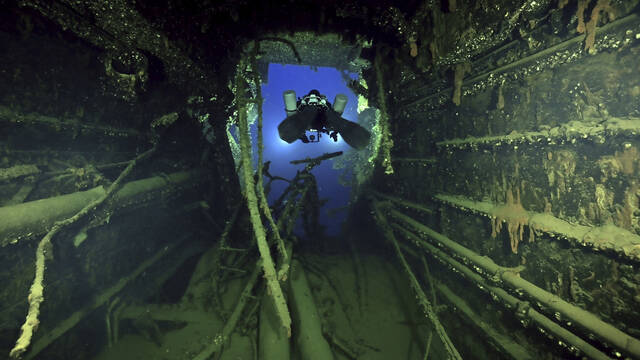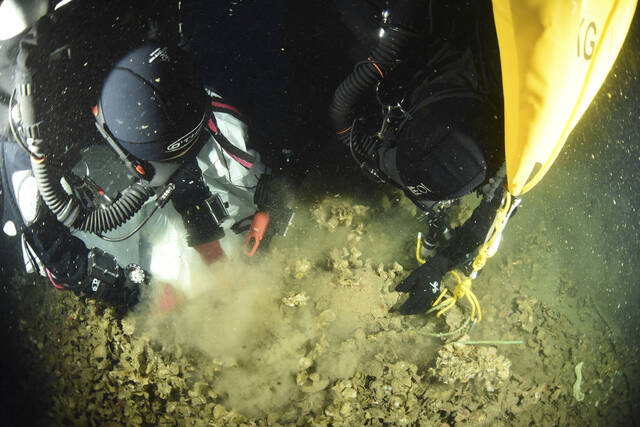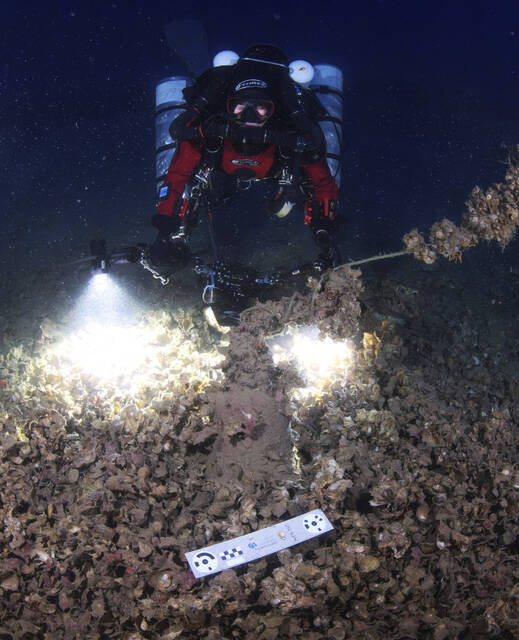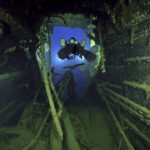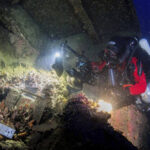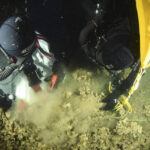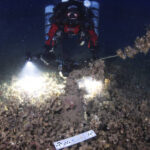ATHENS, Greece — Divers have recovered artifacts from the Titanic’s sister ship, the Britannic, for the first time since the ocean liner sank in the Aegean Sea more than a century ago after striking a mine during World War I.
The Culture Ministry in Greece said Monday that an 11-member deep-sea diving team conducted a weeklong operation in May to recover artifacts including the ship’s bell and the port-side navigation light.
The White Star Line’s Britannic, launched in 1914, was designed as a luxury cruise liner, but was requisitioned as a hospital ship during World War I. It was heading toward the island of Lemnos when it struck a mine and sank off the island of Kea, about 45 miles southeast of Athens, on Nov. 21, 1916.
The vessel, the largest hospital ship at the time, sank in less than an hour. Thirty of the more than 1,060 people on board died when the lifeboats they were in were struck by the ship’s still turning propellers.
The wreck lies at a depth of nearly 400 feet, making it accessible only to technical divers. The dive team used closed-circuit rebreather equipment in a recovery operation organized by British historian Simon Mills, founder of the Britannic Foundation, the Culture Ministry said.
Conditions on the wreck were particularly tough because of currents and low visibility, the ministry said. Among the items raised to the surface were artifacts reflecting both the ship’s utilitarian role and its luxurious design: the lookout bell, the navigation lamp, silver-plated first-class trays, ceramic tiles from a Turkish bath, a pair of passenger binoculars and a porcelain sink from second-class cabins.
The artifacts are now undergoing conservation in Greek capital Athens and will be included in the permanent collection of a new Museum of Underwater Antiquities under development at the port of Piraeus. The museum will feature a dedicated World War I section, with the items from the Britannic as a centerpiece.


